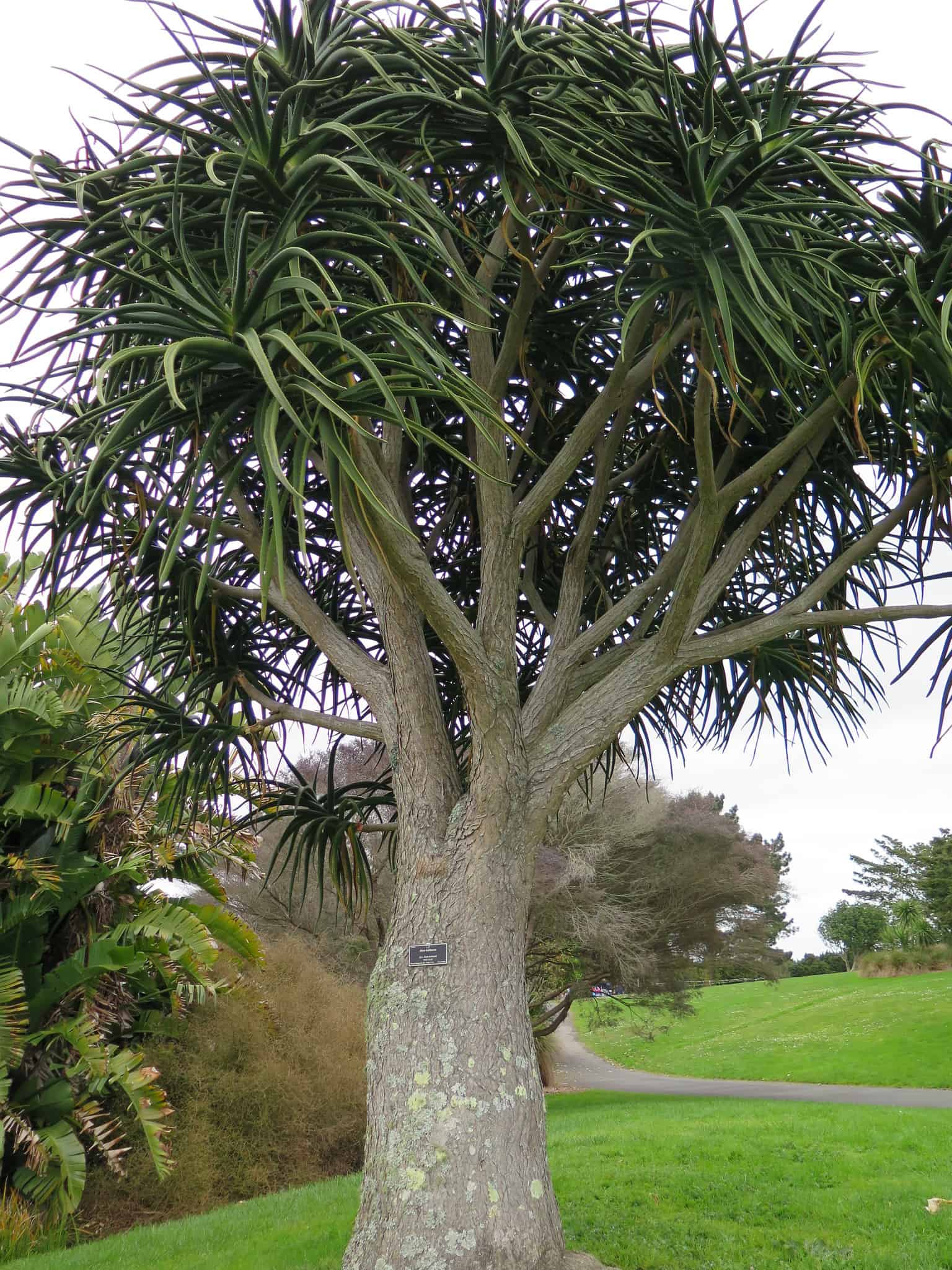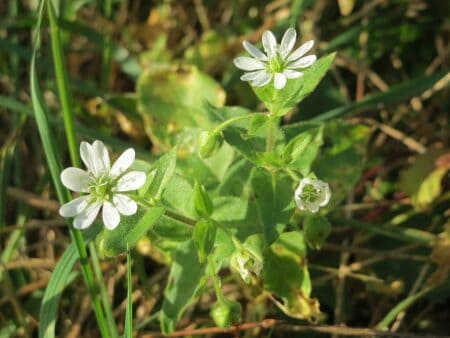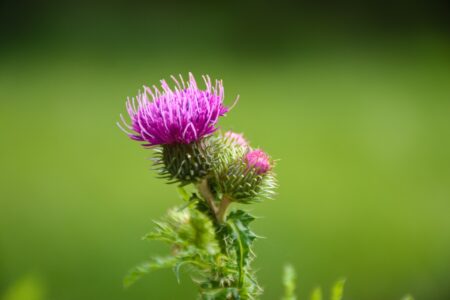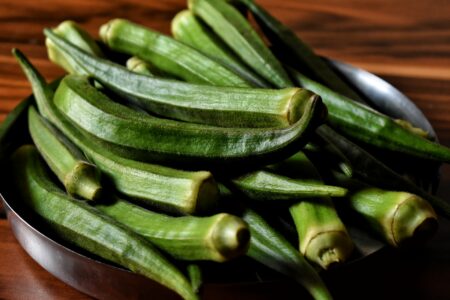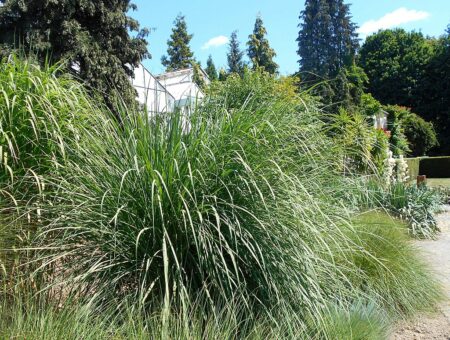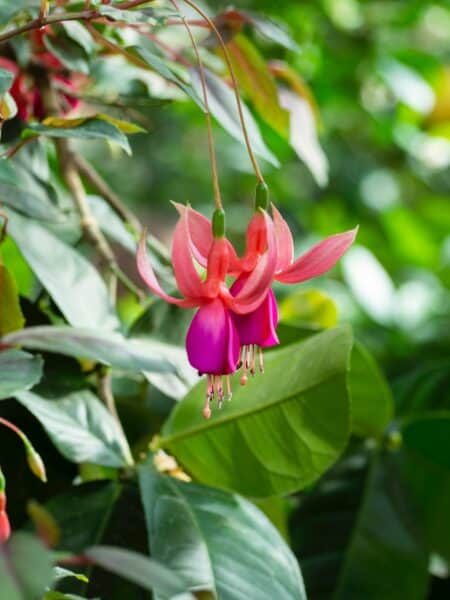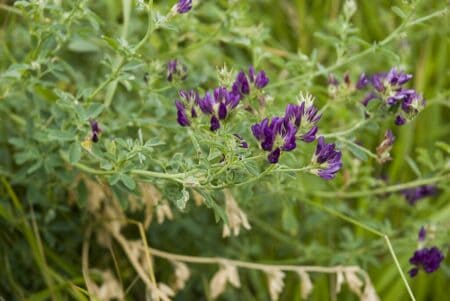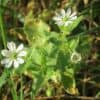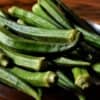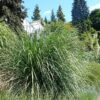The aloe tree (Aloidendron barberae) is a succulent plant native to South Africa. It is one of the tallest succulents in the world. It can grow up to 60 feet (18 meters) in height. Tree aloe or quiver tree is mostly grown as an ornamental plant. In its natural habitat it is pollinated by sunbirds and it flowers in the winter. Despite the name, it has no relation to aloe vera.
The aloe tree has tubular rose-pink flowers. Aloe trees can be grown indoors provided you have the room. It is an excellent addition as a focal point to Mediterranean or xeriscape gardens.
Types of Aloe Tree
There are five known cultivars of the Aloe tree, which are all shorter and more compact than the pure Aloidendron barberae:
- ‘Hercules’ – Commonly grown cultivar with compact gray leaves and a golden-gray stem.
- ‘Goliath’ – a fast-growing cultivar with a slim trunk and a lot of dark-green leaves.
- ‘Rex’ – Gray trunk with slender grayish leaves and pink teeth.
- ‘Medusa’ – the original Aloe tree
- ‘Nick Deinhart’ – blue foliage
How To Grow?
A Mature aloe tree is a drought-tolerant plant. Aloidendron barberae cannot tolerate cold, it is an exotic-looking plant, therefore should not be near cold drafts. It can tolerate temperatures of 22 degrees Fahrenheit (-6 degrees Celsius) and can grow in USDA Hardiness Zones 9-11. Overall if you live in a warm tropical climate, this plant is extremely easy to grow.
Aloe trees can be brought out to enjoy the full sun during warmer periods. Although the container should be quite sturdy and it can be quite heavy and difficult to move around when an aloe tree is starting to mature. The container should be sturdy to not break and should have some drainage holes to prevent overwatering.
Light
Aloe trees thrive in full sun but can tolerate partial shade as well. If you’re planning to grow this tall succulent indoors, ensure to give it the brightest spot you have indoors.
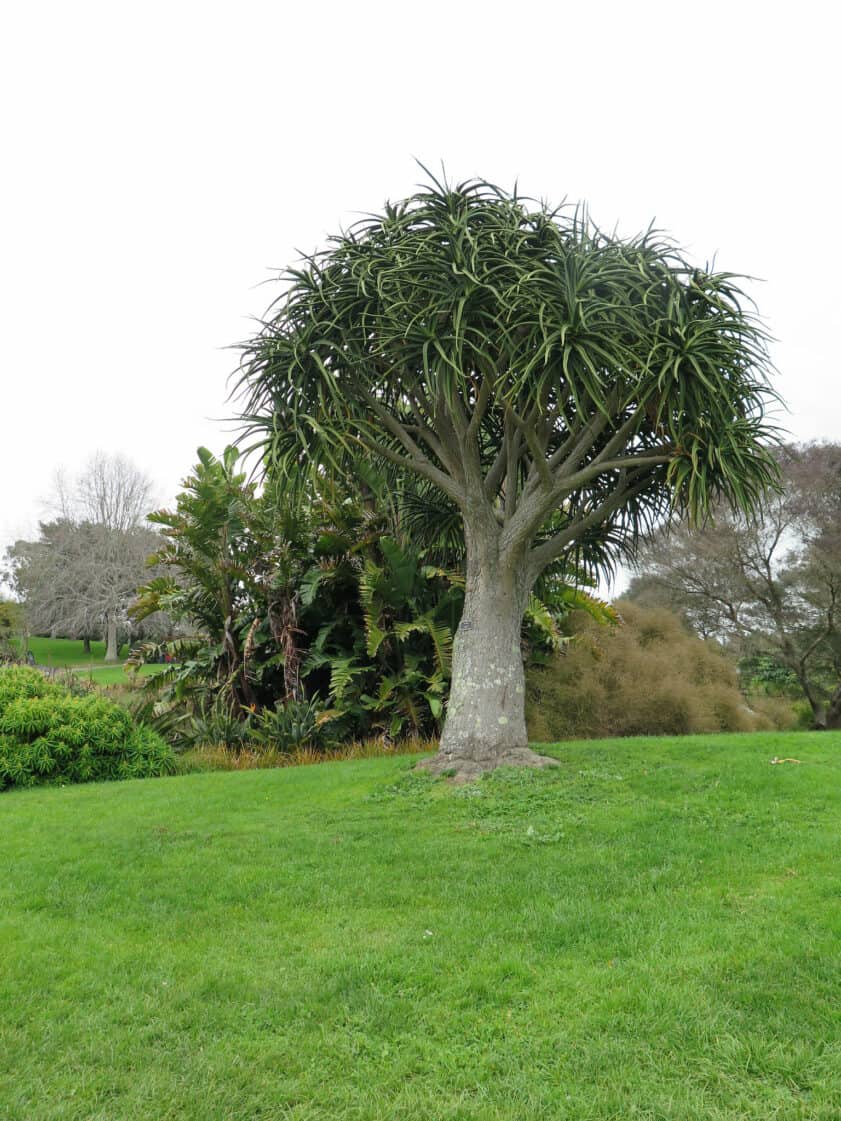
Soil & Fertilizer
The aloe tree is a succulent plant thriving in arid conditions. The best soil for aloe trees is well-draining. Store-bought cactus or succulent mix is ideal for this plant. If you do not have any available, make your own perfect soil by taking 1 part of regular potting mix and mixing it with 1 part sand or pebbles.
Aloe trees grow quite fast, up to 1 feet (30 cm) per year. Growing indoors it might be best not to fertilize to stunt the growth a little bit. If you want it to grow big, its best to fertilize with an all-purpose fertilizer during spring.
The sap of the Aloe tree is irritating to the skin when pruning or moving the aloe tree around. It’s best to wear protective gloves and long sleeves when handling the magnificent Aloe tree. Keep this plant away from curious children and pets.
Watering
During the growing season you should water aloe tree once the soil has fully dried out. The plant goes dormant during winter, it needs infrequent during this time, when growing aloe tree indoors. Outdoors rainwater should be enough during the winter.
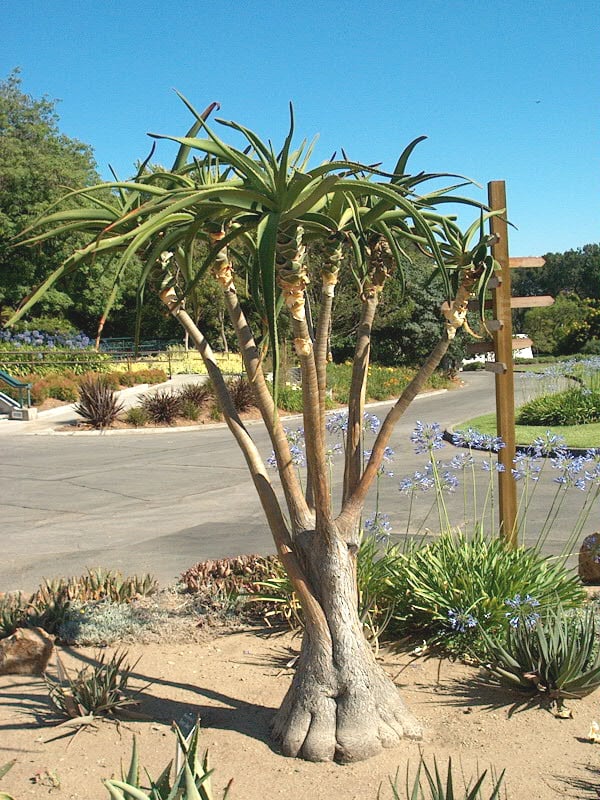
Propagating
Aloe tree can be propagated via stem cuttings or offsets.
Propagating via Offsets
The easiest way to propagate via offsets is when you are repotting or transplanting it from a container since the plant needs to be dug up:
- Dig up the plant
- Find root offsets, that are growing away from the main plant
- Remove them using sharp tools
- Plant the offsets in succulent or cactus soil
- Water the soil and place the container in a spot with sunlight
Propagating via Stem Cuttings
It is possible to propagate the Aloe tree via stem cuttings, but you might need root hormone to successfully do it.
- Use sharp tools to cut a freshly grown branch
- Let it callous for a day or two
- Place the lower half in rooting hormone and stick it in succulent soil
- Add peat moss to the mix to keep some of the moisture
- Place it in a bright spot
- Water it moderately and keep watering when the soil has completely dried out.
Common Problems
The aloe tree is a very sturdy plant and rarely has any diseases. Some pests like aphids or scale insects might enjoy feeding on this plant. For both of these pests use horticultural oils such as neem oil to cure the infestations.
Aloe tree might start dropping leaves when it does not have enough water, sunlight, or nutrients. If the leaves are yellow, you should check the soil, if it’s moist or soggy in the bottom – the plant has been overwatered. If the soil is dry, you should feed the Aloe tree with some fertilizer.
When the leaves turn brown, the Aloe tree demands more sunlight. If that is not possible during dark winter months, you should invest in artificial plant lights.
Final Thoughts
The aloe tree is a magnificent large succulent that can be grown in warm climates or indoors in cold climates. It requires little to no care and provides an attractive view throughout the year.

